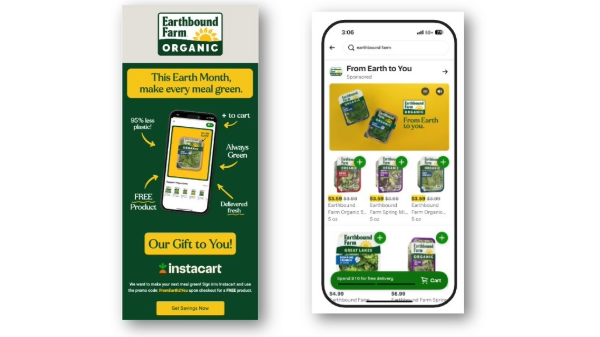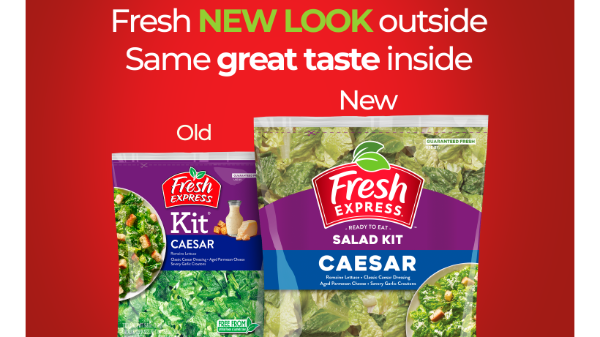Welcome to Blue Book!
Are you ready to join the thousands of companies who rely on Blue Book to drive smarter decisions? View our plans and get started today!
Still have questions? We’d love to show you what Blue Book can do for you. Drop us a line– we’ve been waiting for you.

Establishing an Emotional Bond
While most produce brands center on an item’s uniqueness, branding also can be about supporting an emotional link.
In today’s digital age, Mackey Almy says people want to understand and connect with a product’s story, while building “an emotional connection. Branding is
not just about a logo,” she emphasizes, “It’s bigger than that—it’s about your ability to connect your story with consumers’ interests.”
The U.S. Highbush Blueberry Council is tapping into this approach. PadillaCRT, a marketing and PR firm that represents several produce groups and grower brands, has been working with the Council for nearly 20 years. At first, growth in the commodity was due to more awareness of the fruit’s health attributes, but when the Council wanted to increase demand to meet rising levels of supply, the group began by addressing the findings of a sponsored survey that showed many younger consumers had an emotional response to blueberries.
“We moved from putting the emphasis on [healthy] attributes to pushing more of the emotional connection,” explains Jason Stemm, PadillaCRT’s vice president. “You can’t generate the emotion, but you can tap into it.”
The Blueberry Council launched the ‘Little Blue Dynamos’ brand, created a social media hashtag, and hired actress and TV host Alison Sweeney as a relatable celebrity spokesperson. Though some might argue this is not branding but simply promoting blueberries, the approach succeeded in boosting awareness in a warm and fuzzy way.
Krivanek agrees there is certainly a ‘softer’ side to branding, but cautions, “the brand still needs to drive sales and growth that is measurable.”
Challenges: Consistency and Cost
The produce industry faces a branding challenge that does not affect most consumer products. “The challenge for fresh produce, unlike bottles of Coke, is it’s a living product, so it’s difficult to ensure one of the most important attributes for a brand—consistency,” McLaughlin says. “Developing a brand requires investing resources to ensure consistency,” he points out, which includes “investing in a hybrid that tastes the same every time, or investing in quality assurance personnel or the right equipment to ensure cold chain maintenance, as well as investing to bring it to consumers’ attention.”
Ciruli concurs: “Creating that consistency is the big challenge; you need critical mass, so you can control volume and keep the quality up.”
Another challenge is one marketers in all industries must overcome: cost. “There’s often some magical thinking around a consumer brand,” says Krivanek, who believes marketers sometimes think consumers will automatically gravitate toward their brand if it is available at retail. “But it takes extraordinary investment and time.”
“It’s not just a sticker on a piece of fruit,” contends Lindsey Higgins, assistant professor in the Agribusiness Department at Cal Poly State University. “There’s point of sale, online, print or TV advertising… You have to get consumers to be comfortable with the idea of your brand.”








